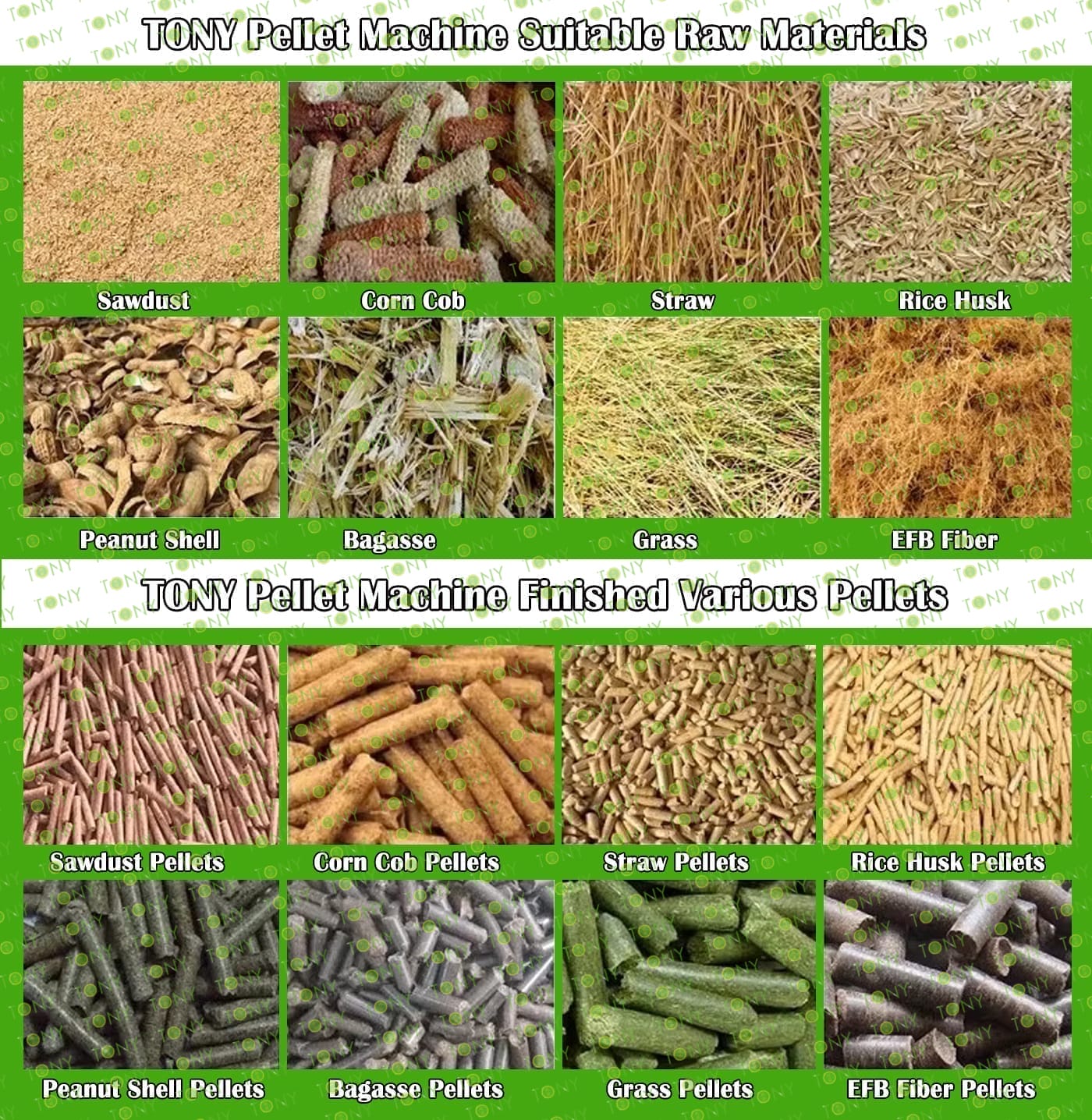Everyone knows that coal and oil are important energy sources and are also non-renewable energy sources. It will take hundreds of millions of years to form. Most of the coal is directly burned, and 47.3% of the coal used in industrial boilers, kilns and heating accounts for 47.3%. While the use efficiency is not high, it causes serious environmental pollution. Coal consumption is the main cause of soot-type air pollution and the main source of greenhouse gas emissions. If it continues, it will put huge pressure on the ecological environment, so alternative energy is urgently needed.
At present, clean energy, wind power, solar energy, etc. are developing rapidly. Because of their large area and strong regionality, there is a kind of biomass fuel that seems to be more suitable for replacing coal, becoming the primary choice in the industrial and civilian fields.
Biomass pellet fuel is mostly agricultural and forestry waste, such as common peanut shells, green branches, sawdust, and solid waste (furfural residue, edible fungus slag, etc.) produced by biomass pellet machine production line equipment. Its diameter is generally 6 to 8 mm, its length is 4 to 5 times its diameter, its crushing rate is less than 1.5% to 2.0%, its dry base moisture content is less than 10% to 15%, its ash content is less than 1.5%, its sulfur content and chlorine content are both less than 0.07%, and its nitrogen content is less than 0.5%. Biomass particles have high calorific value and small ash content, making them easy to store.

The following explains the cleanliness of biomass molded fuel from several aspects:
(1) The biomass forming fuel generates a large heat, with a heat generation of about 3900 to 4800 kcal/kg, and the heat generation after carbonization is as high as 7000 to 8000 kcal/kg.
(2) Biomass molding fuel has high purity and does not contain other impurities that do not generate heat. Its carbon content is 75% to 85%, ash content is 3% to 6%, and a water content is 1% to 3%. It definitely does not contain impurities such as coal gangue, stones, and other impurities that do not heat and consume heat, which will directly reduce costs for the enterprise.
(3) The biomass molding fuel does not contain phosphorus, does not produce phosphorus pentoxide during combustion, and does not corrode the boiler, which can extend the service life of the boiler.
(4) High combustion efficiency, easy to burn out, and less residual carbon. Compared with coal, the volatile content has a high volatile content and a low ignition point, which is easy to ignite; the density is increased, the energy density is large, and the combustion duration is greatly increased, so it can be directly applied in coal-fired boilers.
(5) Biomass forming fuel is clean and hygienic, easy to feed, reduces the labor intensity of workers, greatly improves the labor environment, and enterprises will reduce the costs used in labor.
(6) After the biomass forming fuel is burned, it greatly reduces the site where coal slag is stacked and reduces the cost of slag output.
(7) The ashes after the combustion of biomass molding fuel are high-quality organic potassium fertilizers of extremely high quality, which can be recycled and profitable.
(8) Biomass forming fuel is a renewable energy source. Compared with traditional fuels, it not only has economic advantages but also environmentally friendly benefits, and fully meets the requirements of sustainable development.





















